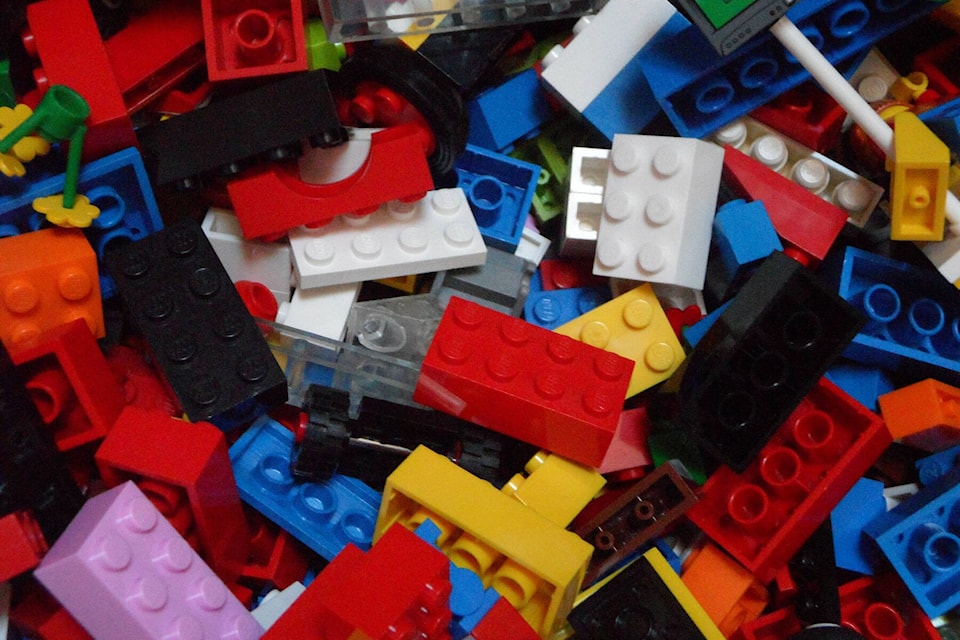Question everything. It鈥檚 an oft-stated piece of advice, and there鈥檚 a value in asking questions and verifying information.
But sometimes the quest to verify can become absurd. It鈥檚 what happened to me when I wanted to know how many Lego blocks it would take to reach from the Earth to the moon.
Obscure and offbeat facts fascinate me, and I love digging up some of these nuggets of wisdom. According to my calculations, I would need almost 40 billion standard Lego blocks, stacked on top of each other, to reach the moon.
This number was reached by determining the height of a standard Lego block, at 9.6 millimetres, as well as the average distance from the Earth to the moon, which is 382,500 kilometres.
Still, the number is not a precise measurement. The moon is not always the same distance from the Earth, and the surface of the Earth is not completely even.
READ ALSO:
READ ALSO:
How do I know any of this? I did my research.
I don鈥檛 have any Lego blocks to measure, so I did some online checking and found several sites where each dimension of a Lego block has been calculated.
The distance from the Earth to the moon is a figure from the National Aeronautics and Space Administration, the U.S. agency which sent a dozen astronauts to the surface of the moon in the late 1960s and early 1970s. Information from other sources shows slightly different figures, but all are reasonably close to the NASA figure.
As for my calculation, I ran the numbers several times, and also reached out to others with better math skills to verify my work.
I believe in the value of research and I believe in the importance of fact-checking. But then, once I had my answer, I started to wonder if it was accurate.
I could pick up a few Lego blocks and measure them myself to determine their size. That鈥檚 simple enough. But would my ruler be accurate enough?
As to determining the distance from the Earth to the moon, I don鈥檛 have a measuring device long enough for this task. And I can鈥檛 book a rocket flight to the moon with a long piece of string to conduct the measurements.
There are ways to calculate the distance from the Earth to the moon without leaving this planet. The ancient Greeks figured out a way of making this calculation, and their numbers are remarkably close to the more modern figures. However, any such calculations still involve some assumptions about the size of the Earth, as well as an assumption that the moon exists and is not simply painted on a high ceiling.
If I do not accept some basic facts, the questions I ask would become an exercise of absurdity. If no existing information can be trusted, how would it be possible to make any progress?
And that brings me back to the hypothetical question about the Lego block tower.
No Lego structure of such a size has been constructed. At present, the tallest Lego tower on record reached a height of 35.05 metres. It was built in Italy in 2015. It鈥檚 quite an accomplishment, but it won鈥檛 get me to the moon.
What鈥檚 more, I don鈥檛 plan to try to build my theoretical Lego tower. Stacking 40 billion of the interlocking bricks at a rate of one per second would require nearly 53 years, without any time for a break.
I don鈥檛 have that much time to devote to the task, nor do I have that many Lego blocks.
Besides, setting up such a tower would turn out to be an exercise in futility. At a certain point, the tower would sway and collapse, bringing this effort crashing to the earth.
For now, I have an idea of how many Lego blocks it would take to reach the moon. I did my research. But I still had to make some assumptions.
John Arendt is the editor of the Summerland Review.
To report a typo, email:
news@summerlandreview.com.
news@summerlandreview.com
Like us on and follow us on .



